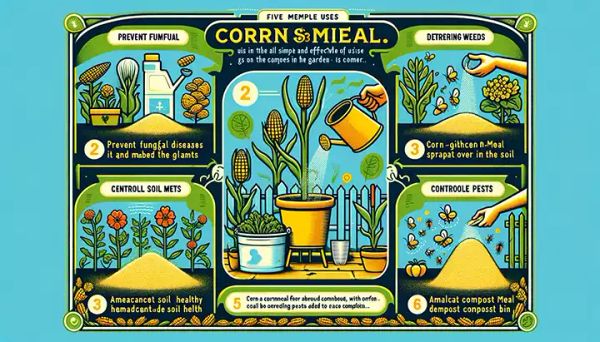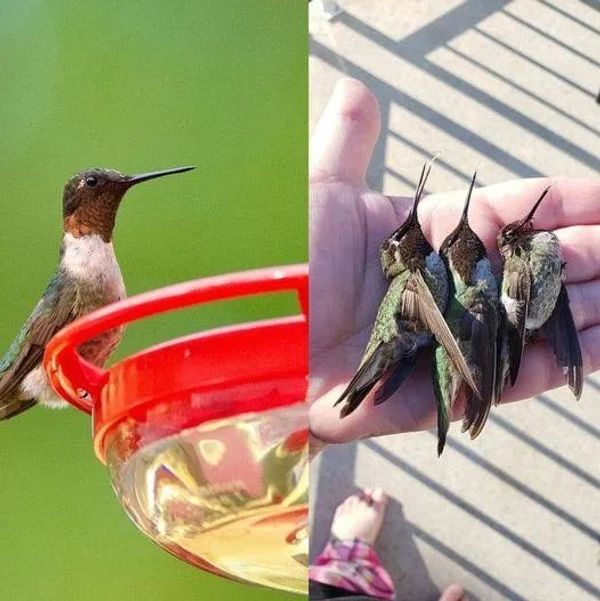
Did you know that cornmeal, a common pantry staple, can be used as a powerful tool in your garden? It’s true! Packed with nutrients and special properties, cornmeal can help you tackle common garden problems and promote healthy plant growth. In this article, we’ll explore five simple and innovative ways you can use cornmeal in your garden. You’ll be amazed at the results!
1. Fungal Disease Prevention
You’ll be happy to know that cornmeal contains beneficial fungi that can combat harmful fungal diseases like root rot and dollar spot in lawns. Here’s how you can use it:
Step 1: Mix 1 pound of cornmeal with 5 gallons of water.
Step 2: Let the mixture sit for 24 hours to allow the beneficial fungi to flourish.
Step 3: Strain the mixture and apply the cornmeal tea to the soil around your plants or directly on the lawn to prevent fungal diseases.
2. Weed Deterrent
Tired of dealing with pesky weeds? Corn gluten meal, a byproduct of cornmeal processing, can act as a natural pre-emergent herbicide, preventing weed seeds from germinating. Follow these steps:
Step 1: Sprinkle corn gluten meal evenly over your garden soil at a rate of 20 pounds per 1,000 square feet.
Step 2: Lightly water the area to activate the corn gluten meal.
Note: Avoid using this method in areas where you plan to plant new seeds, as it can also inhibit their germination.
3. Antifungal Soil Amendment
Cornmeal is not only great for preventing fungal diseases but also for enriching the soil with organic matter and promoting the growth of beneficial microorganisms. Here’s how to apply it:
Step 1: Spread a thin layer of cornmeal over your garden soil.
Step 2: Work the cornmeal into the top few inches of soil.
Step 3: Water the area to integrate the cornmeal into the soil ecosystem.
4. Natural Pest Control
Say goodbye to chemical-laden pest control methods! Cornmeal can help attract pests like ants and harmful fungi, ultimately reducing their population without the use of chemicals. Here’s what you need to do:
Step 1: Identify areas of pest activity.
Step 2: Sprinkle a small amount of dry cornmeal in these areas.
The pests will consume the cornmeal, which they cannot digest, leading to a natural reduction in their population.
5. Compost Accelerator
If you’re looking to speed up the composting process, cornmeal can help! It introduces carbon and nitrogen to the compost pile, two essential elements for decomposition. Follow these steps:
Step 1: Add cornmeal to your compost pile, using about 1 cup of cornmeal per cubic yard of compost material.
Step 2: Mix thoroughly to distribute the cornmeal evenly.
Step 3: Keep the compost pile moist and turn it regularly to facilitate decomposition.
Cornmeal is not just a cooking ingredient; it’s a versatile and eco-friendly resource for gardeners. By incorporating cornmeal into your gardening practices, you can benefit from its abilities to prevent fungal diseases, deter weeds, enrich the soil, control pests, and accelerate composting. Nature has provided us with effective gardening tools, and sometimes, they’re hiding right in our kitchens!







